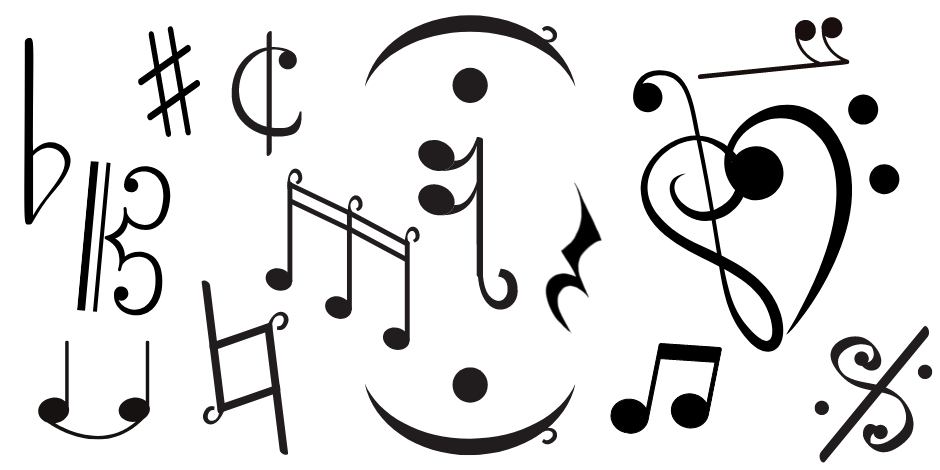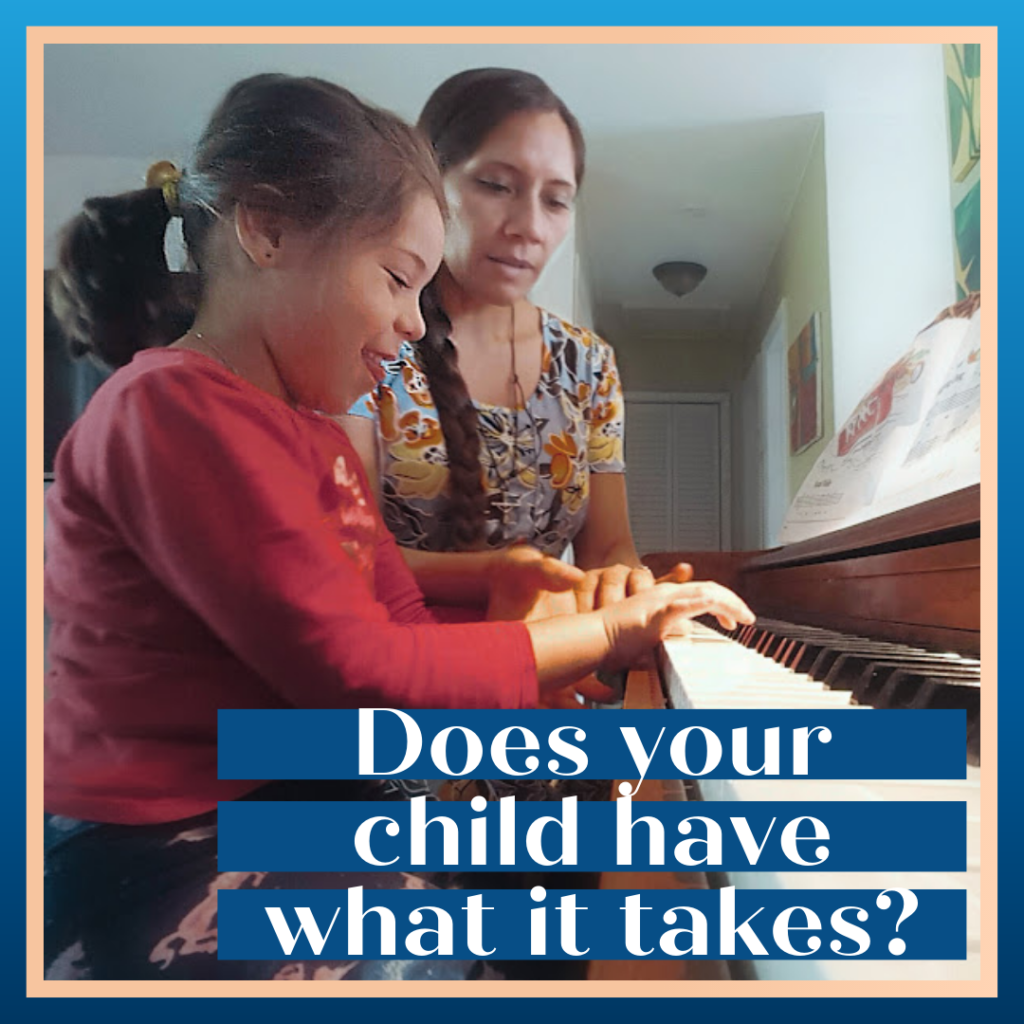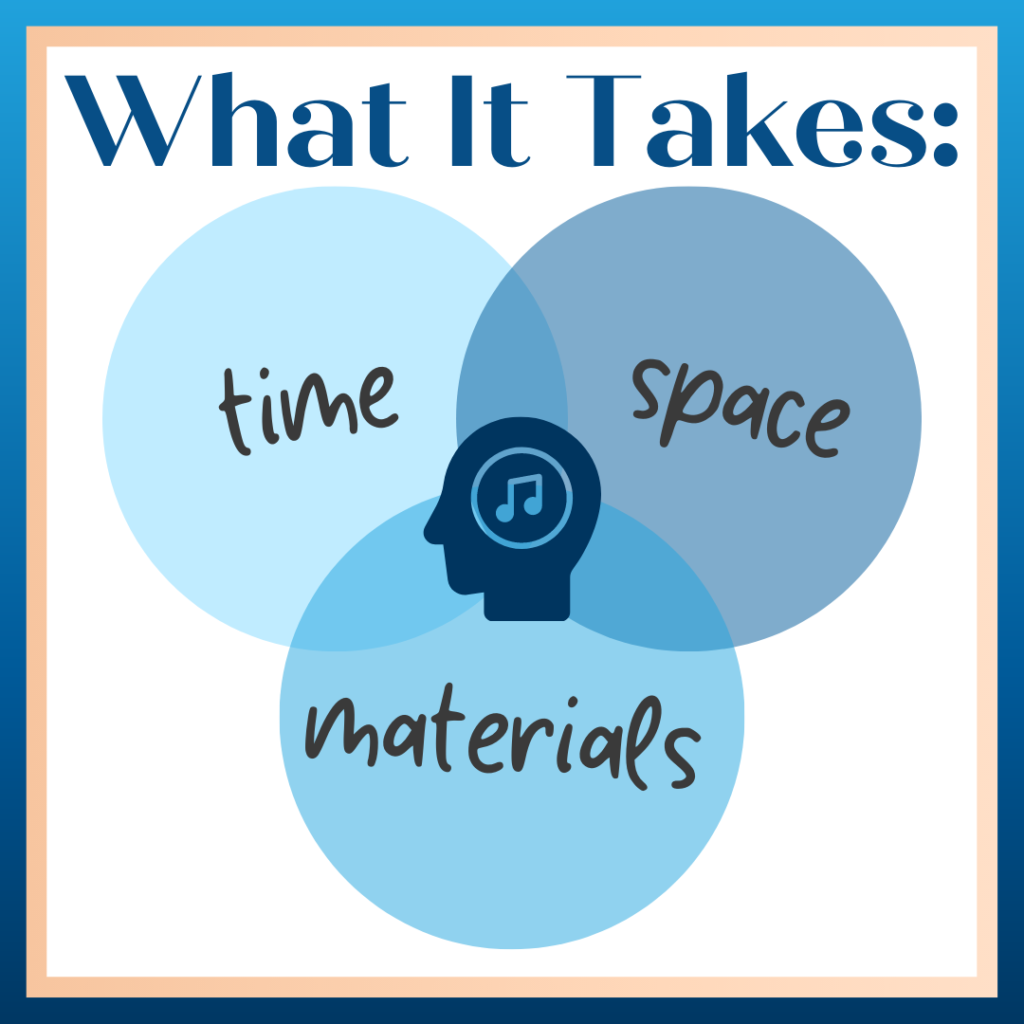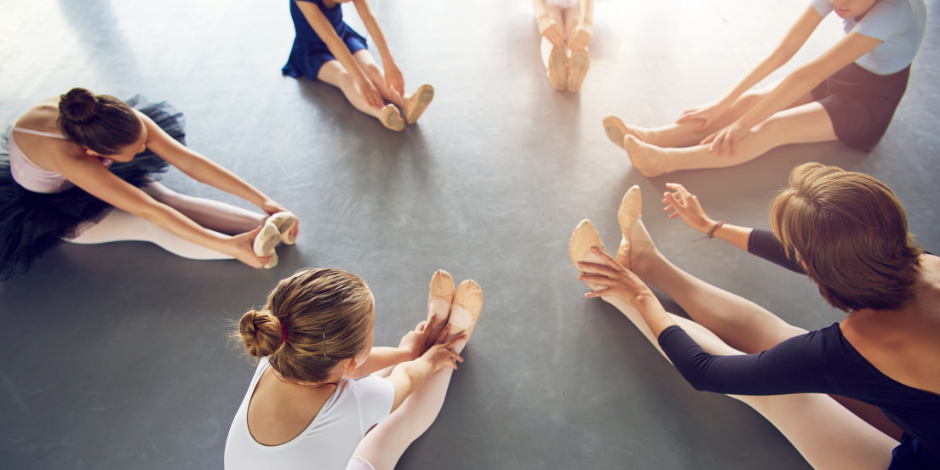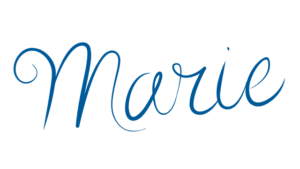How old is too old?
Piano lessons can begin at any age, but there must be an optimal age, yes?
There are more than a few schools of thought on this issue. The Suzuki Method encourages very young children who can barely hold a crayon to begin instruction. An opposite view is held by the Waldorf Method: Children begin piano instruction as late as age 11. There are many valid reasons for these two very different approaches to piano instruction. It is widely held, however, that instruction plays an important role in being able to play the piano.
If you are considering piano lessons for your child, take a few moments to honestly answer these questions:
- Does he sit and focus for 25 to 30 minutes?
- Can he recognize the letters of the alphabet?
- Does he take criticism with a grain of salt?
If you can answer “yes” when thinking about your three year old, then you know that he is ready for piano lessons. Because piano instruction involves stopping a child’s work and correcting it, he ought to be able to emotionally handle what one may feel is an insult. If you think that your five year old does not fit the criteria, wait a three or six months. It only takes a little bit of time to develop the maturity required for piano lessons.
On the other side of the spectrum, many adult students who have never had a music lesson or claim to be tone deaf, have learned to play piano fairly quickly.
Remember that learning a musical instrument depends not only on the intelligence and temper of the student but on the support that he receives at home from his siblings and parents. A competent, agreeable ten year old who has no place to practice will not progress if he only plays piano during his lesson. By not making time to sit to listen to their child to give them a little concert, parents take the risk of losing their child’s interest in piano.

